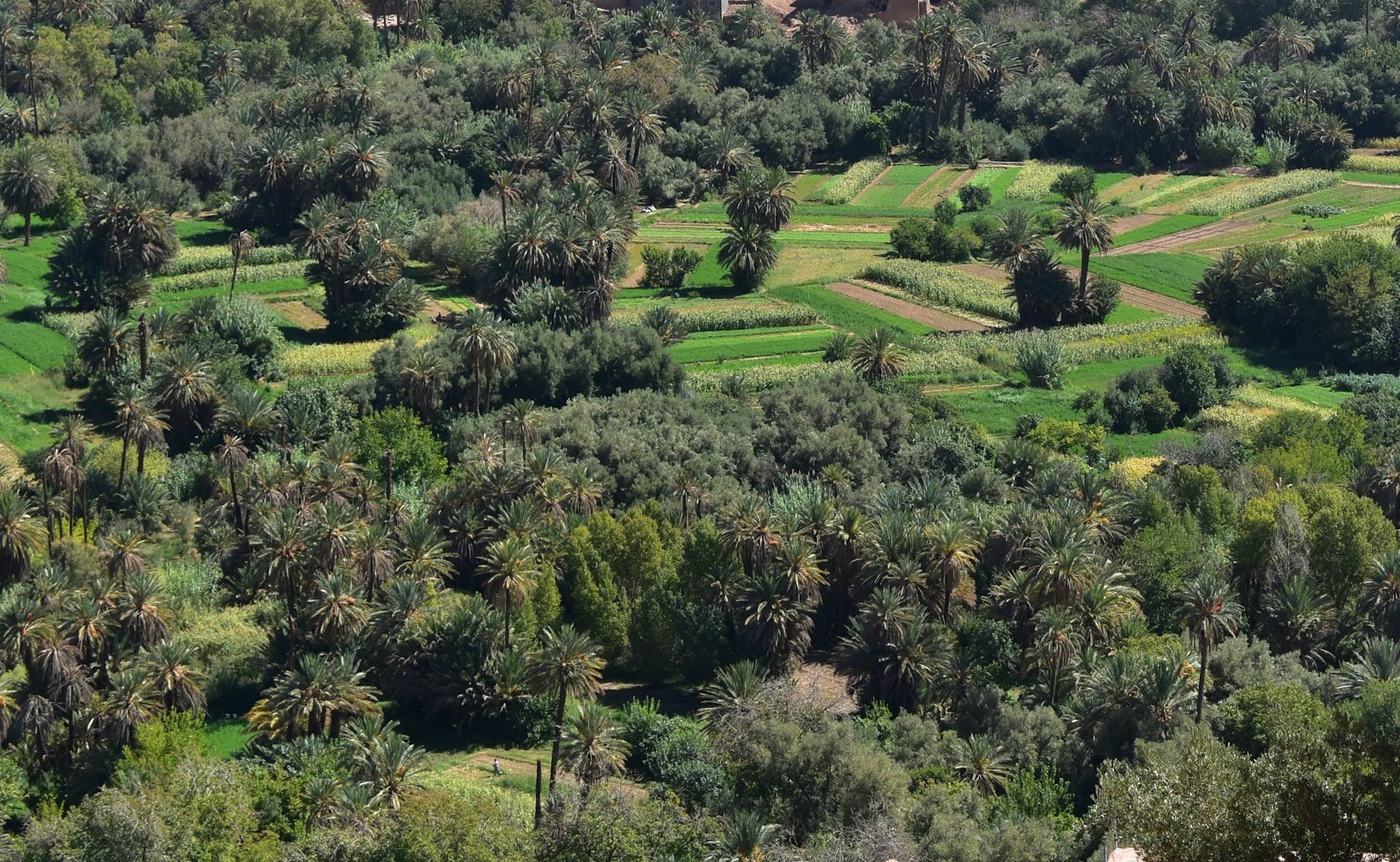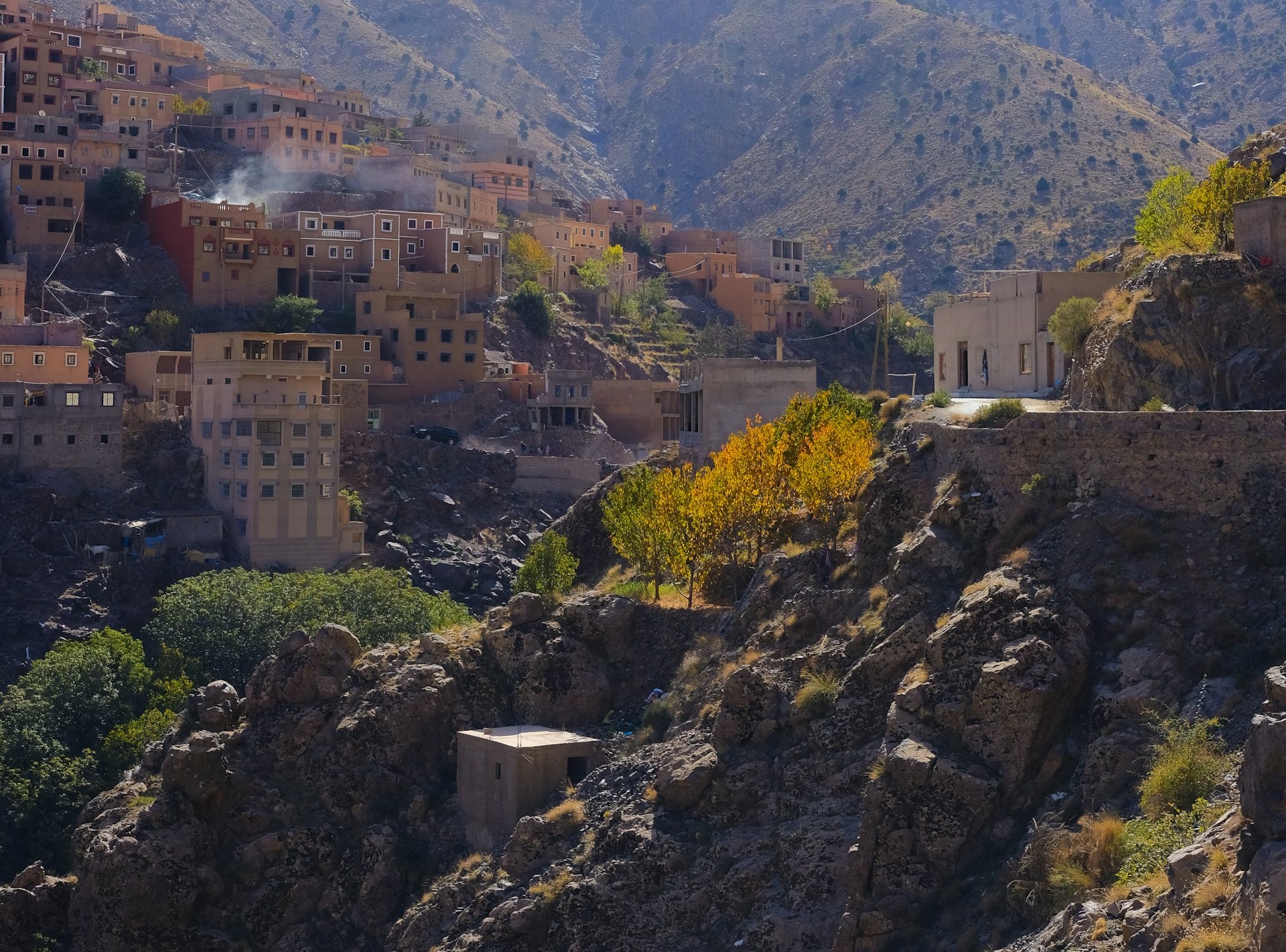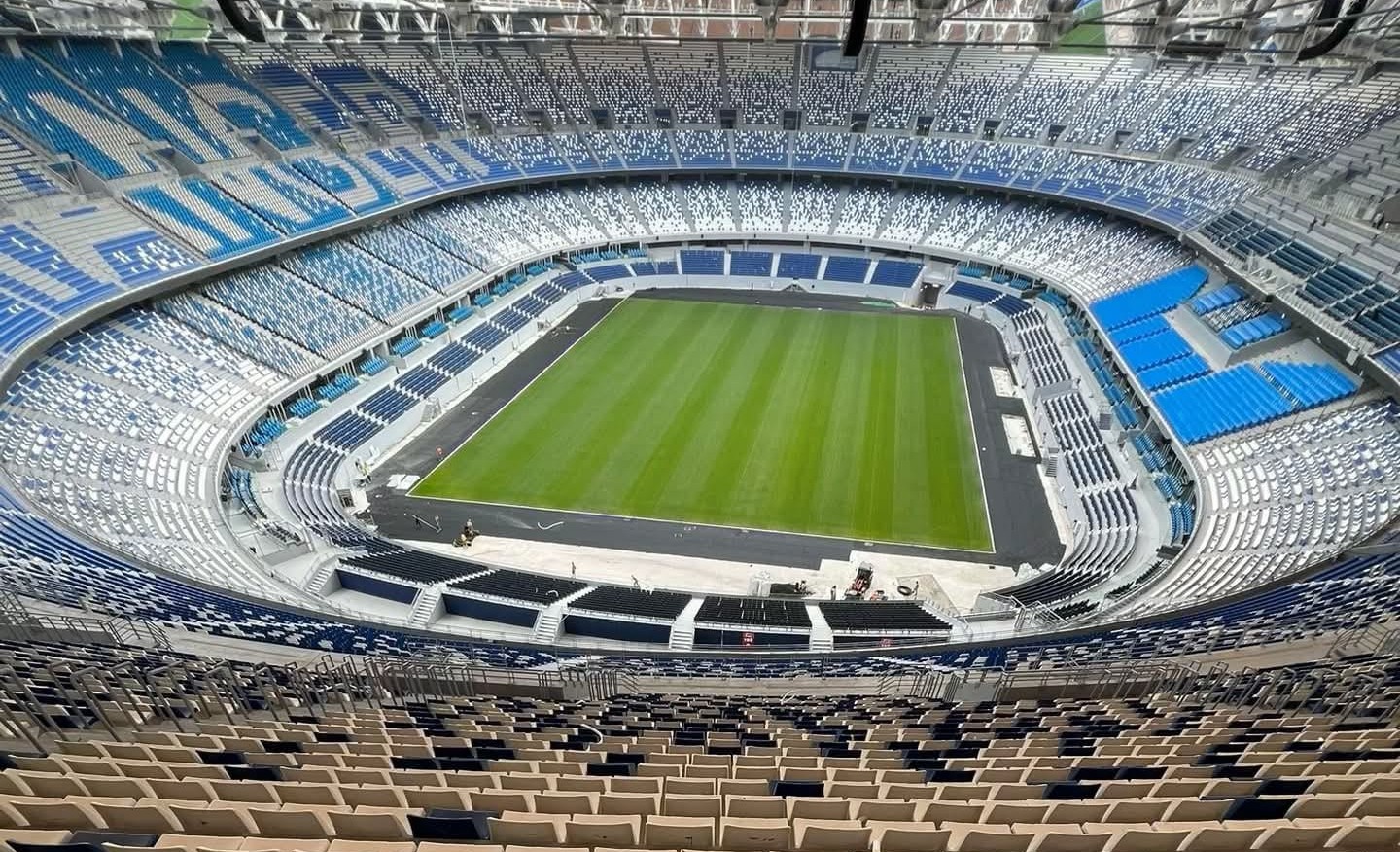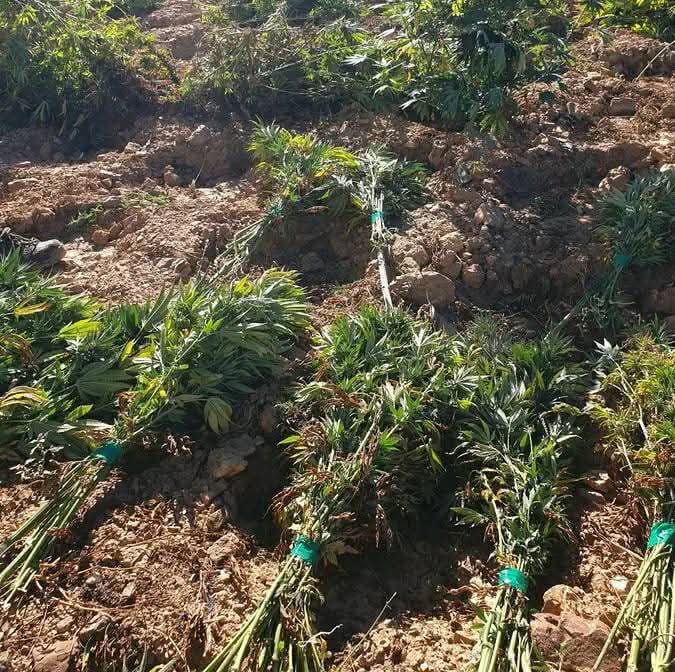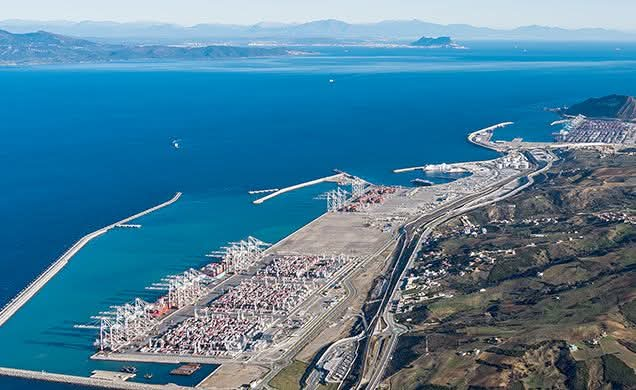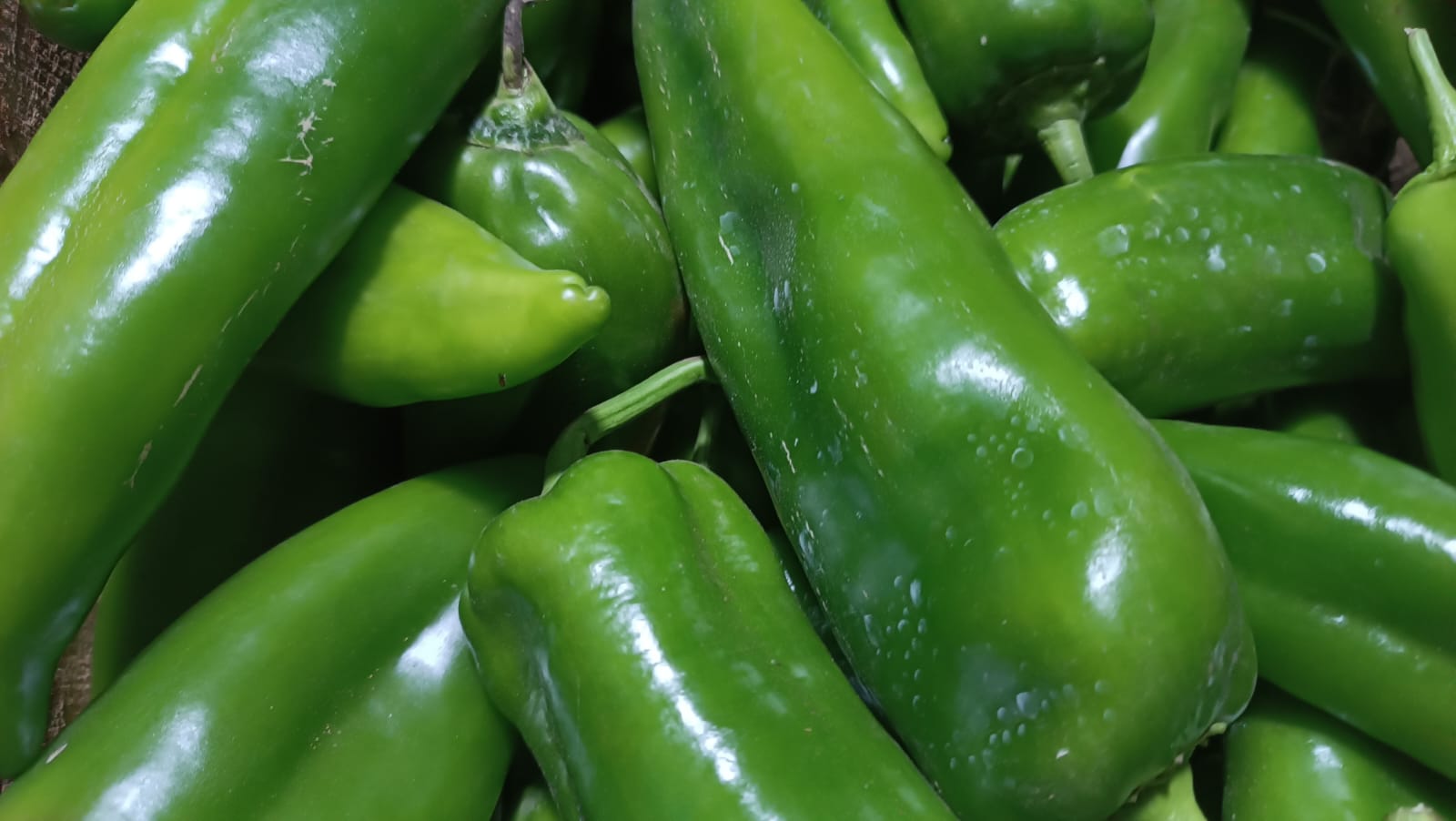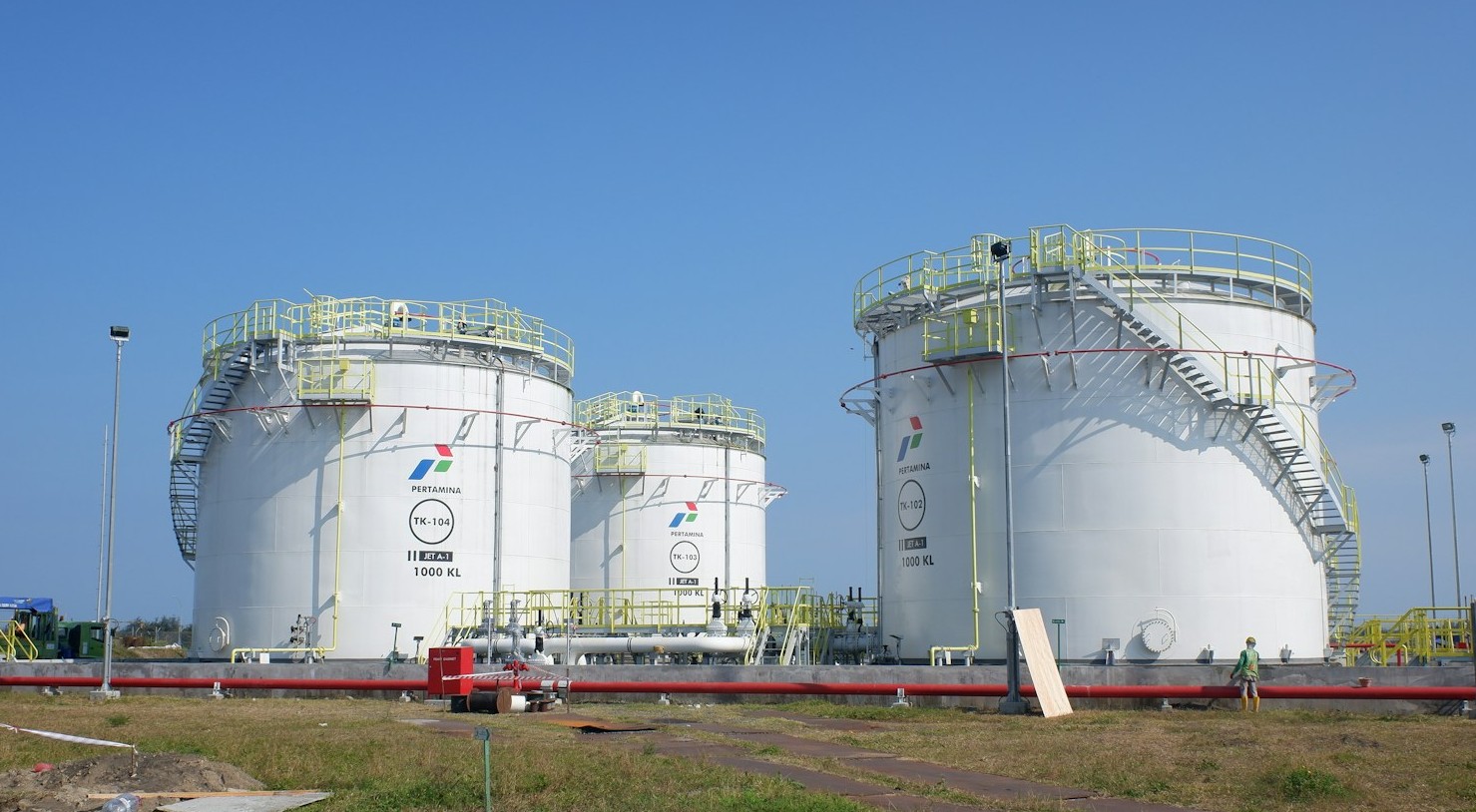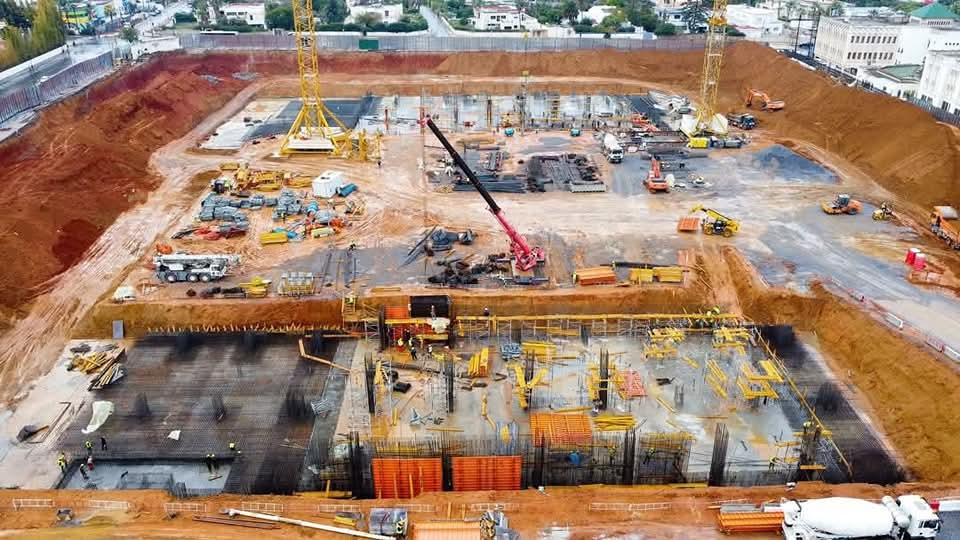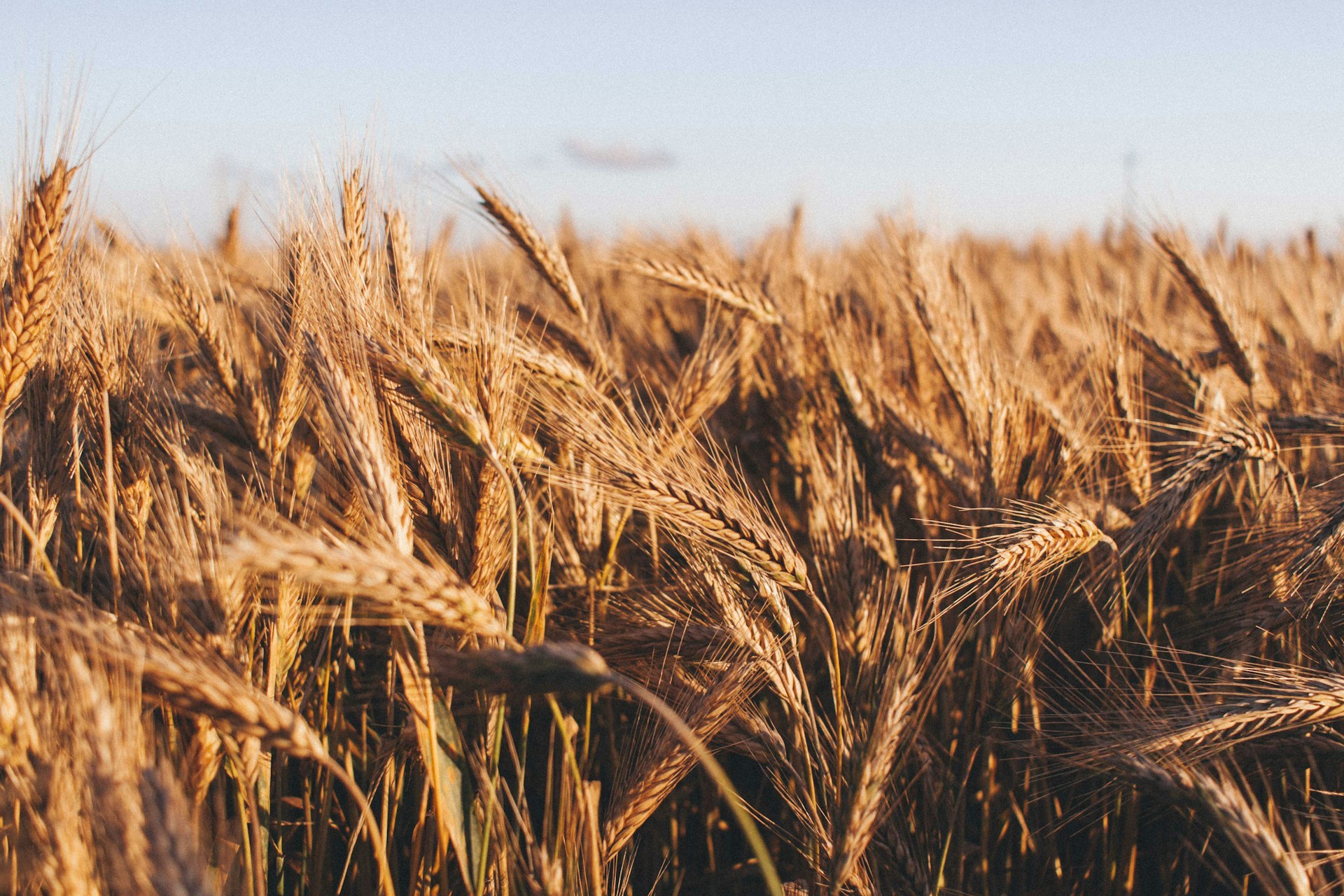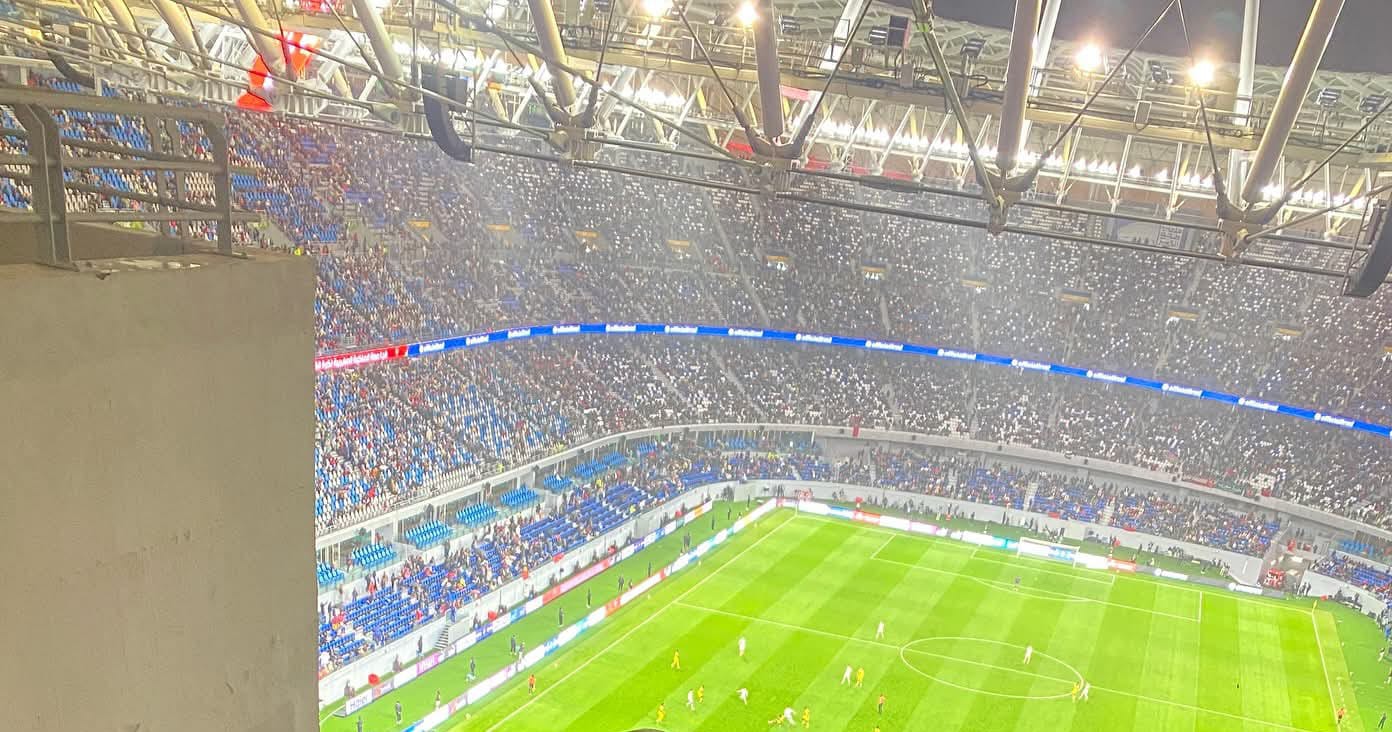Casablanca – Morocco’s southern provinces are experiencing a significant economic transformation, driven by a wide range of projects in infrastructure, industry, energy, agriculture, fisheries, and tourism, according to Prime Minister Aziz Akhannouch during recent parliamentary sessions. These initiatives are part of a comprehensive royal strategy to position the Sahara as a global economic hub while strengthening the social and economic integration of the southern provinces.
Infrastructure expansion and connectivity
Akhannouch noted that the road network in the south has expanded from 70 kilometers to more than 4,000 kilometers. The Tiznit–Dakhla expressway, spanning 1,100 kilometers at a cost of approximately $1.03 billion, is a flagship project benefiting over 2.5 million residents. The Prime Minister emphasized that this project strengthens connections between northern and southern Morocco while supporting economic integration with Africa.
Maritime infrastructure has also advanced, particularly the Atlantic Dakhla Port, with an investment exceeding $1.34 billion and about 50% completion. The port is expected to become a strategic platform for job creation, foreign investment, and regional trade. Other southern ports include Sidi Ifni, Tarfaya, Tan-Tan, Laayoune, and Boujdour, supporting fishing, exports, and local economic activity. Additional projects under construction or study include the Aftissat fishing port, hydrogen-focused ports at Tarfaya and Tan-Tan, the Tarouma fishing village in Laayoune, and the expansion of the OCP quay in Laayoune, with the Mehrez port nearing completion.
Renewable energy and green hydrogen
The southern provinces are increasingly becoming a hub for renewable energy and green hydrogen. Investments in renewable energy under Morocco’s 2025–2030 electricity plan exceed $1.55 billion, providing over 1,400 MW of capacity, representing 77% of the south’s total energy production.
Seven major green hydrogen projects, with a combined 20 MW capacity and total investments exceeding $36 billion, are being developed in Dakhla–Oued Ed-Dahab, Laayoune–Sakia El Hamra, and Guelmim. These projects aim to make southern Morocco a global hub for green hydrogen derivatives such as ammonia, clean fuels, and green steel, supported by a 1,400-kilometer electricity transmission network with a 3 MW capacity to accommodate production growth.
Industrial development and phosphate sector
The OCP Group is implementing a large industrial program at Phosboucraa through 2026, including mine expansion costing $128.9 million, a new washing facility at $224.9 million, and a fertilizer and chemical complex at $1.06 billion. A new phosphate port in Laayoune, costing around $823 million and 93% complete, operates fully on wind energy and desalinated water, exemplifying sustainable industrial development.
Agriculture and water management
Agriculture remains central to southern development, with 55 projects totaling $505 million in solidarity farming, irrigation, land preparation, and vocational training. The Dakhla seawater desalination plant, costing $268 million, will produce 30 million cubic meters annually, irrigating 5,200 hectares through 219 projects and creating around 20,000 permanent jobs. The Jerifia project in Boujdour produces 13,000 tons of tomatoes, creating 440 jobs, while 48 solidarity farming projects benefit over 35,000 people. Rangeland development and transhumance organization have rehabilitated 140,000 hectares and 263 water points.
Fisheries and marine industries
The fisheries sector is a cornerstone of economic and social development in the south. Between 2010 and 2024, catches grew 1.8% annually in volume and 9.7% in value, reaching 1.14 million tons valued at $1.05 billion. Private investment in marine industries rose from $9.3 million in 2010 to $51.5 million in 2024, supporting 33,000 direct jobs. Structural projects, worth more than $360 million, include 16 equipped unloading points, fishing villages, modern fish markets, ice factories, cold storage facilities, and digital auction systems. Aquaculture is rapidly expanding, with 240 licensed farms in Dakhla producing 92,000 tons annually and generating 11,000 direct and indirect jobs.
Tourism and social economy
Southern Morocco is increasingly a driver of national tourism. Classified hotel capacity grew from 5,697 beds in 2020 to 7,441 in 2025, with 3,062 beds in Dakhla–Oued Ed-Dahab.
The social and cooperative economy has also expanded, with over 7,300 cooperatives involving about 50,000 members active in agriculture, fisheries, handicrafts, and tourism, generating revenues exceeding $30.9 million. These initiatives reflect local entrepreneurship and state-society integration in building a sustainable development model.
The transformation of Morocco’s southern provinces illustrates the success of the kingdom’s integrated development strategy. Through strategic infrastructure, industrial, energy, agricultural, fisheries, tourism, and cooperative projects, the region is emerging as a hub of modernity, sustainability, and shared prosperity, reinforcing Morocco’s sovereignty and economic presence in the Sahara.
